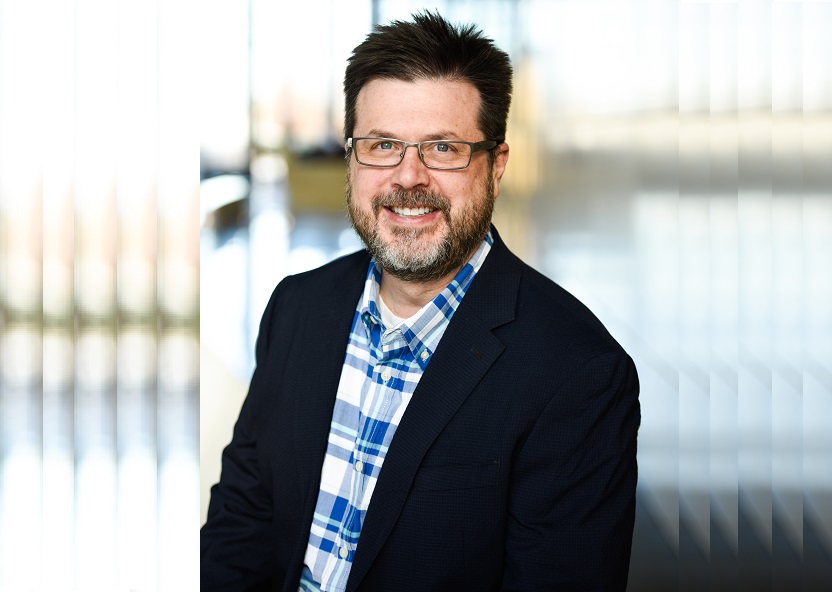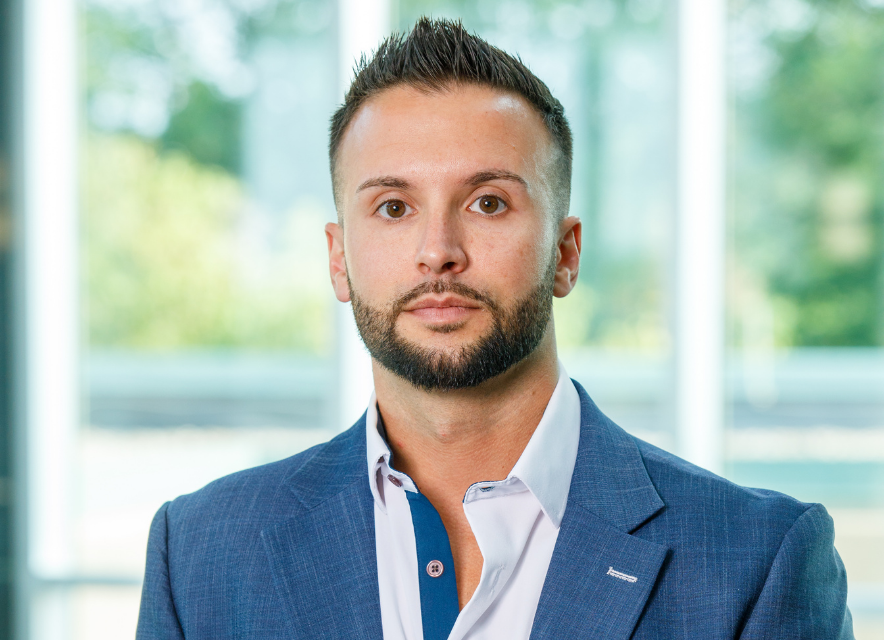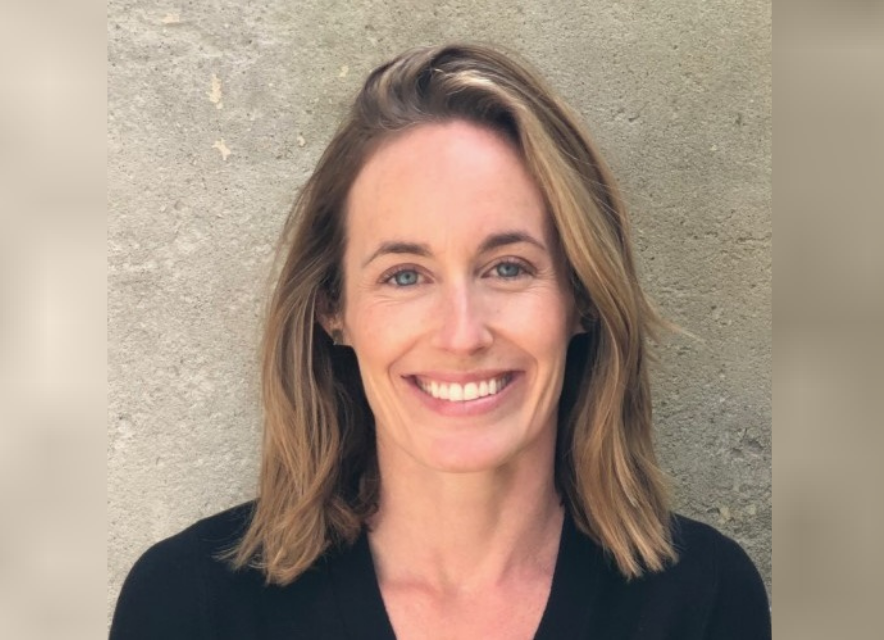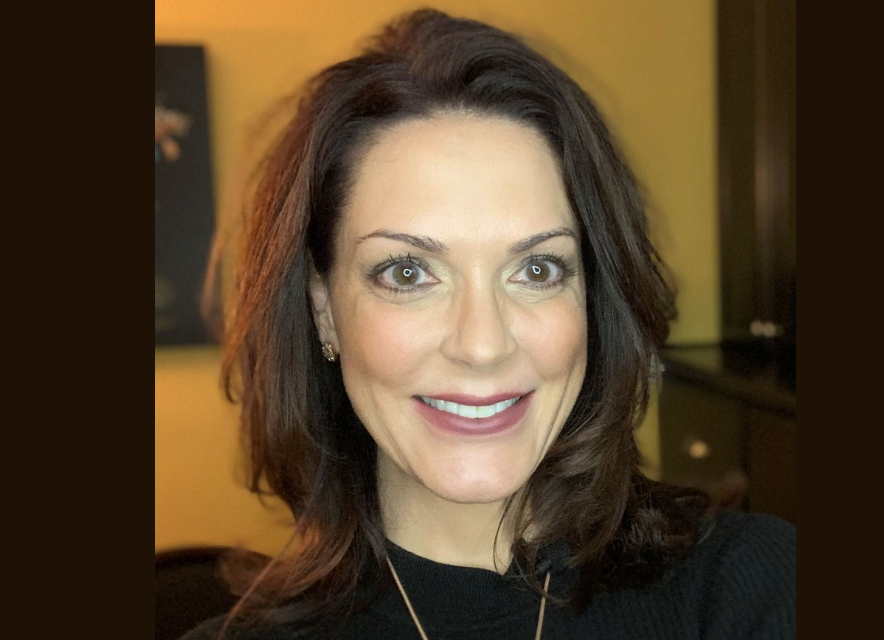Podcast: Play in new window | Download
Subscribe: RSS
Jim Asplund is Chief Scientist of Gallup’s Strengths-Based Development and Performance Impact Consulting practices. He is also coauthor of Human Sigma: Managing the Employee-Customer Encounter, which serves as a guide for leaders and managers who want to dramatically increase productivity, retain high-value customers and enhance organizational performance.
Jim leads Gallup’s worldwide research on the science of human strengths and the impact of strengths development. He directs all research on Gallup’s CliftonStrengths assessment, which has helped over 22 million people discover what they do best, increase their personal effectiveness and improve their organization’s performance.
Take away quote:
“If a customer is emotionally very dissatisfied with you, they don’t take your information in. They’re ignoring you. The worst thing you can do as a human being is ignore another human being.”
6:52 What is Human Sigma?
12:44 Going beyond satisfaction to build emotional connection
19:28 Net Promoter Score and when we need to be cautious
22:16 3 questions that help you find out what people are doing, instead of what they are willing to do
26:55 Using the ‘Four Levels of Emotional Attachment’ to show customers you care
38:16 What can we teach our team members about interacting with clients?
42:12 Using emotional content over scripts to increase authenticity
45:35 Looking at client experience as more than just a client issue
Links:
Websites: gallup.com/workplace/, gallup.com/cliftonstrengths
LinkedIn: https://www.linkedin.com/in/jim-asplund-68b6201/
Want more?
Stephen Wershing: http://advisorchecklist.com/blog/
Julie Littlechild: http://www.absoluteengagement.com/blog
Episode Transcript:
Julie Littlechild:
Welcome to Becoming Referable. The podcast that helps you become the kind of advisor people can’t help talking about. I’m Julie Littlechild and today, Steve and I are talking to Jim Asplund. I think you’re going to love this conversation. Jim is chief scientist of Gallup’s strengths-based development and performance impact consulting practices. That is a mouthful. He’s also the co-author of Human Sigma: Managing the Employee-Customer Encounter. And it’s a book that I highly recommend for anyone thinking about client or team engagement.
Julie Littlechild:
We talked to Jim about the concept of Human Sigma, which is all about the inextricable length between employee and team engagement. He tells why satisfaction isn’t enough and how we need to be thinking beyond rational satisfaction and toward emotional connection. Through this lens, you’ll have a new view into what it takes to stand out and truly differentiate your business. We talk about measuring engagement, as well as driving engagement and I think you’ll get a lot from the discussion. With that, let’s get straight to the conversation with Jim.
Julie Littlechild:
So Jim, welcome to the Becoming Referable podcast. So happy to have you here.
Jim Asplund:
Thank you. Great to be here-
Steve Wershing:
Yeah, welcome Jim.
Julie Littlechild:
I have to confess, I’m a bit fangirl with this stuff because I’m a supreme geek and I read a lot of books and I have referenced your book and quoted you many times over the years. Full attribution, I promise but there was so much sense in the book you wrote and it was so practically and fairly written that I’m going to recommend that to everybody right off the bat but we’re going to go in a little deeper and talk about some of the concepts.
Julie Littlechild:
And one of the things I’d love to start with you is your bio describes you as leading Gallup’s research on a science of human strengths, which I think sounds pretty cool and then how to apply them to improve performance. Can you tell us just a little bit about the work that you do?
Jim Asplund:
Yeah, I’d love to. Thanks for the introduction. I’m going to make sure my mom hears that later in the day.
Julie Littlechild:
Sure. Somebody loves me mom, they really do.
Jim Asplund:
Gallup’s been studying sort of human potential human strengths for a long time. Our former chairman Don Clifton started researching this in the ’40s. He was one of the earliest guys in this sort of the field that’s known as positive psychology, in terms of a flipping the sort of usual medical model that a lot of us learned in university and in terms of psychology. And then studying more what are people like when they do well as opposed to when things aren’t going so well. What’s a dysfunction?
Jim Asplund:
The strengths research then comes about sort of how do we identify what our greatest opportunities for success are, when we identify and apply our individual talents in optimal ways? And so we developed this assessment that a lot of people might be familiar with called the Clifton StrengthsFinder, Clifton Strengths assessment that it’s been around about 20 years now.
Jim Asplund:
And about 23 million people have taken it so far and we identify these sort of core set of 34 talents or strengths and so there’s a little bit involved in terms of how do you turn, what is sort of your natural inclination or preference or talent into a strength by adding skills and knowledge and behaviors that experience that help those things do but the idea essentially is that we all have things that we’re better at than others, which is I think is a non-controversial position.







Leave A Comment